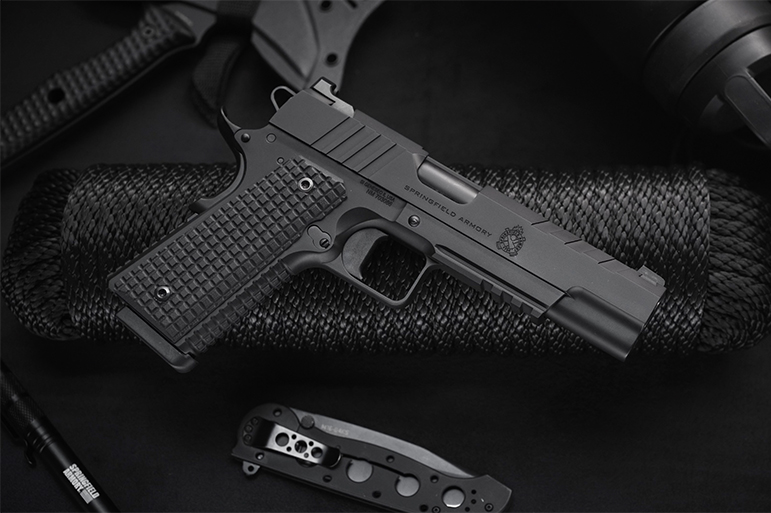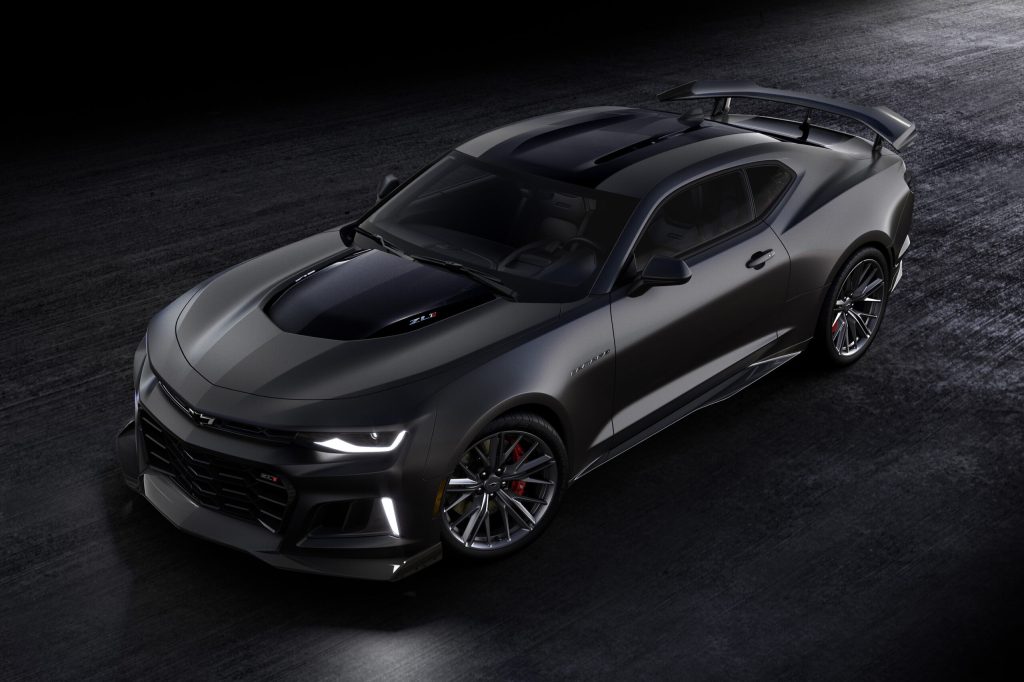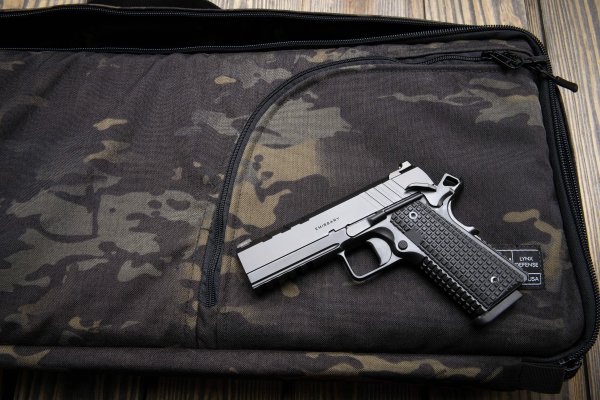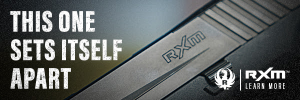
Writing car reviews quickly taught you tricks manufacturers used to assure themselves the best chances for positive write-ups.
Either we’d be invited for some sort of auto writers conclave for “exclusive reveals” or pristine vehicles would quietly be delivered to our homes. The delivery driver would then walk you through the features of the vehicle, hand over the keys and remind you, “you break it, you buy it.”
“Reveals” were the only time automakers ever allowed alcohol and vehicles in close proximity. The rule was drink or drive, but they knew a friendly post-drive drink could take critical edges off initial impressions.
If it were a performance model, there would invariably be a hero car at the event. If it wasn’t ticket-me red or screaming canary, it was — in carspeak — “murdered out.” Identical to the other cars but trimmed to be as close to dead black as they could make it.
Aftermarket accessory companies got involved on those. Because car companies had 30% limits on how much tint they could apply to windows. I routinely flogged around high-performance cars with stealthy-looking wraps, custom interiors as dark as caves sporting window tints far beyond what manufacturers could sell (adding additional tint after a sale is legal).
Before you get upset at the term “murdered,” it referred to the car being described as blacked out as a murder of crows. Writers love word games.

Turning high-speed laps was always fun. But fast laps in a murdered out model amped up the experience. Fast laps were essential to prove you were a real car writer.
Finally, here’s the point: gun manufactures know the same tricks. Guns are frequently introduced at writer events and in a variety of finishes. Spec-ops types like flat dark earth, desert, and camo. Competition brought mix-and-match colorations. They all contribute sizzle to otherwise similar-looking products.
Exterior finishes have little, if anything to do with car or gun functionality. But finishes and textures are key for making connectivity with the most critical distance in shooting, driving, or any other physical activity: the distance between our ears.
If it looks good to you, it will likely perform better for you. If it doesn’t perform out of the box, you’re more apt to put in the effort to get better.
It’s a win/win for everyone.
I like handguns in black or accented in black. But a gun in “ticket me” red would appeal, too.
A few weeks ago, Springfield Armory asked me to take a look at one of a pair of new guns they’re introducing (Hint: there’s another one coming along soon).
I chose the one available in my favorite caliber, .45ACP (it’s also available in 9mm) and teased as being “fully blacked-out.” It absolutely is. Springfield’s new 1911 Emissary is as blacked out as you can get without hiding the sights.

Fully blacked out in Cerakote, Emissaries all have Springfield’s Tri-top cut slide, a bull barrel, and full-length guide rod. They feature VZ Grips’ thin-line G10s (black, of course) and Springfield’s U-notch rear sight and a tritium/luminescent front site. They have a solid flat trigger and a rail for a weapon-mounted light.
The MSRP is $1,378. That’s not cheap, but not unreasonable for a gun with a lot of features.
The heavy profile barrel and one-piece guide rod add some weight to the new Emissary. Just enough, it seems, to enable it to ride easily in my hand shooting .45ACP.
I use “ride” to describe how guns run because I grew up with horses, not guns. When riding, you’ll find a particular gait most comfortable for you. Whether you walk, canter, or run, finding that groove means your best combination of speed, comfort and precision.
It’s the same thing with guns. And as with horses, caliber and application matter.
For an Emissary in competition, I’d want heaviest physical weight possible (5-inch) a (probably) lightened trigger with a strong reset and 9mm. That combination should enable me to shoot, reset/reacquire and make subsequent shots faster. I’m shooting for speed and accuracy.
For defensive carry, I like the Emissary’s slim 1911 profile and .45ACP. My goal is to mount the gun quickly and come onto target should I need to shoot. If more shots are necessary, I will “ride” the gun and stay on the target.
Small motor functions are first guests to leave all adrenaline dump parties. Defensive shooting is different from competition. Unsteady hands and light triggers lead to bad outcomes. I want up on a target quickly, with the assurance my trigger won’t “self-press under stress.”
The Emissary isn’t a small gun. It’s 43 ounces, unloaded 8.4 inches long and 5.25 inches high. This is not a pocket pistol, but it’s not too big for most people to carry. And it has the great handling characteristics that have kept the 1911 a viable and popular choice for everything from competition and concealed carry to military issue since, well, 1911.
Running a few magazines through a gun is not a gun review, it’s an initial impression. Initially, I really like the 1911 Emissary, but another session next month with a pair of Gunsite Academy instructors will give it some real testing.
When we get a few hundred rounds run through the Emissary, I’ll have more.


Continued hard pass on anything from these traitors.
Do not forget.
Do not forgive.
Springfield delenda est.
“Small motor functions are first guests to leave all adrenaline dump parties. Defensive shooting is different from competition. Unsteady hands and light triggers lead to bad outcomes. I want up on a target quickly, with the assurance my trigger won’t “self-press under stress.””
That is 100% true, and I can personally attest to that and its a scientifically proven biological response called the ‘stress response’. During an actual defense incident stress response you are going to loses all awareness of body movement for a period of time, Its a result of the ‘stress response’ where the the sympathetic nervous system takes over and suppresses the parasympathetic nervous system. The sympathetic nervous system doesn’t allow for awareness of body movement, it gets the body to react, so something small like ‘trigger’ pressure you are not going to be aware of. Because of this you will need to keep track of your body movements your self, its not naturally automatic like it is when the parasympathetic nervous system is in charge, the parasympathetic nervous system is what allows you to be aware of body movement among other things – so under stress response you will need to consciously keep track of your body movements yourself and even then that ‘sense’ is going to be dulled somewhat and finer ‘awareness logic’ things like sensing the amount of pressure on the trigger is going to be gone for a period of time and this results in what the article calls “self-press under stress” with light triggers.
So under stress response you do not want a light trigger that offers little resistance to finger trigger pull, you want a trigger that’s going to remind you that you are pulling the trigger and that means a heavy trigger (e.g. 5 lb trigger pull (or more), which is just about where the average person under stress response can consciously recognize a trigger pull under stress response) offering a larger amount of resistance to help you consciously keep track of your movement to pull the trigger.
Yup. FxF (ideally with siminutions or some other means that generates a “pain penalty” for gettin shot) with video after action review is a good way to understand first-hand the physiological things that happen to you under stress (loss of fine motor control, tunnel vision, auditory exclusion, short term memory loss, etc.). But as the FxF trainer reminded us when I took the course, the dose of adrenaline we were getting in the training, while educational, was nothing compared to what we’d get if it were for real.